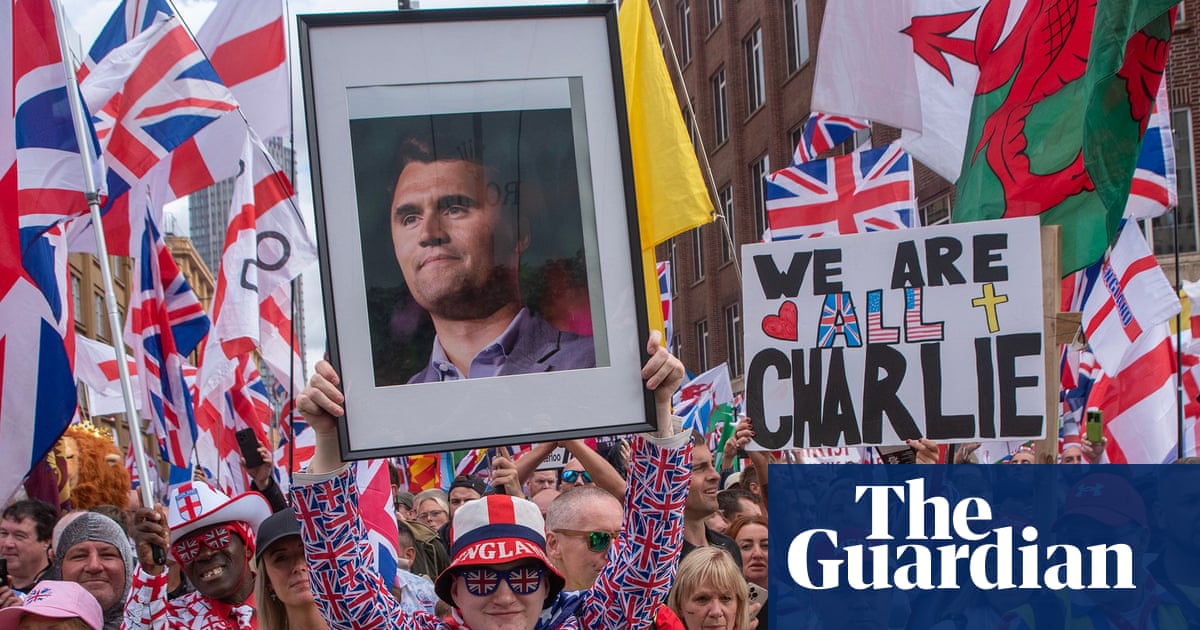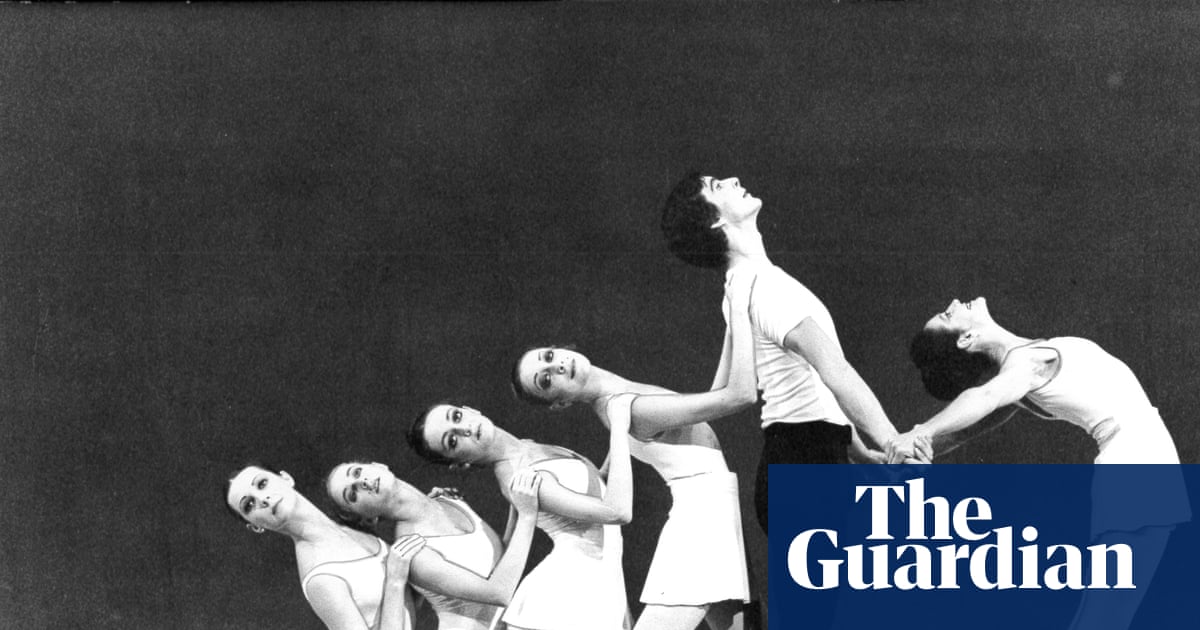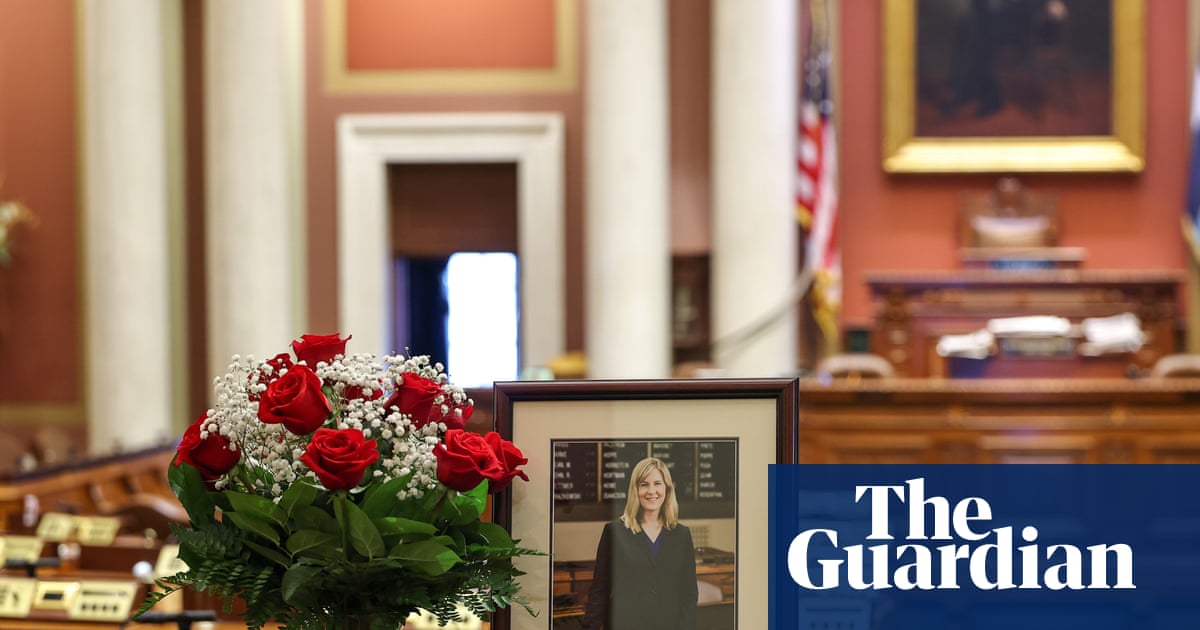What to do with the pile of vintage Nottingham Forest programmes that came into my possession several years ago? At first, standard protocol was observed for uncategorised piles of paper. The 21 City Ground programmes, spanning 50 years from September 1963 to November 2012, were packed away in a dark cupboard, ignored and unread. But finally taking the time to study them has paid dividends: a rich seam of history leaps off the pages in clear, elegant black-and-white type.
Forest’s presence in the top-flight’s upper echelons evoked the club’s halcyon days and plenty has been written about the Brian Clough-Peter Taylor era. Less attention has focused on Clough’s often entertaining programme notes during his 18-year tenure – while the editions outside Clough’s time are a fascinating way of charting Forest’s trajectory, as well as how profoundly football and wider society have changed.
For West Ham’s visit in September 1963, pre-decimalisation, the programme cover price is 6d (2.5p). “Some of their players have established themselves in the International field,” reads the section on the visitors. “Bobby Moore is holding the right-half berth for England … others with not so familiar names at the moment, but with the right sort of ability, include inside-forward Geoff Hurst.”
Prescient player profiles aside, the 60s adverts may be the most interesting element. “If your party runs into hundreds ask for a special train,” reads a message from British Railways, encouraging football fans to charter their own services for away days. “Commission paid on full train loads for a guaranteed number of passengers.” What chance of that now? The back page advertises the latest in cars: “Meet the new Hillman Imp – an inspiration in light car design. Accelerates from 0-50 m.p.h. in 15.5 seconds.”
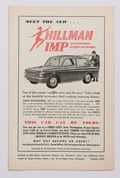
Onwards to 1972, on 23 September, the back page of Forest Review is given over to Player’s No 6: “The most popular filter cigarette in Britain.” Edward Heath’s Conservative government had reached an agreement with the tobacco industry the previous year and the message at the bottom – “Every packet carries a government health warning” – was a recent, significant development.
Leading from the front, meanwhile, is an appeal from the chair, Ken Smales, urging supporters to buy a copy of the 1972 Nottingham Forest Annual. “At only 15p it is certainly not a profit-making venture, but an honest effort by the club to inform the fan of some of our activities,” Smales writes. (Formerly a first-class cricketer for Yorkshire and Nottinghamshire, Smales would give more than 35 years of service to Forest.)
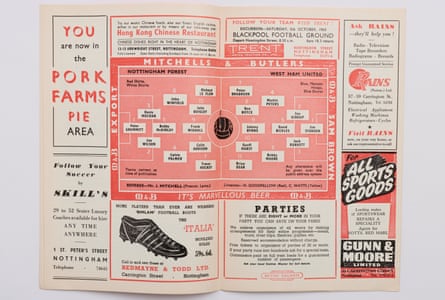
On to 1979-80, the season of Forest’s second European Cup triumph, with the Clough era at its peak. The quality of the side facing Brighton on 17 November is certainly notable: Shilton, Anderson, Gray, McGovern, Lloyd, Needham, O’Neill, Bowles, Birtles, Francis, Robertson. The sole substitute is listed as “To be announced”, which the late Guardian writer Jeremy Alexander – who donated the programmes – has crossed out and replaced with “Bowyer”. Despite their strength Forest were beaten 1-0 by the club Clough had left in 1974 for his brief spell at Leeds.
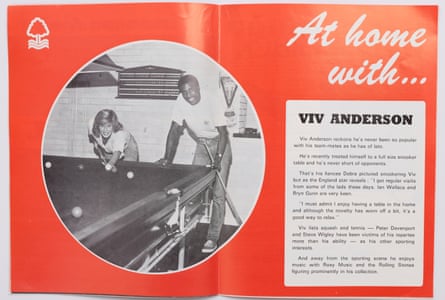
On Saturday 19 April – less than six weeks before Forest defeated Hamburg at the Bernabéu for that second European Cup – they welcomed Derby; a player of the year voting slip is still tucked inside. Clough is pictured cheerily accepting a large bottle from the director of Bell’s Whisky, his manager of the month prize for March.
Clough’s fondness for drink becomes still more apparent. With Watford the visitors in September 1982, a “friendly bet” between the manager and Scotland’s John Robertson is relayed to readers. “I bet I can do without a drink longer than you can do without a cigarette,” Clough told the winger. Hard to imagine a modern Premier League manager doing anything similar.
“I like the chairman,” declares Clough of Elton John for that meeting with Graham Taylor’s Watford. “Those people who thought his presence as a figure head was something of a gimmick have been made to eat their words.” There is also a profile of the winger Calvin Plummer (Dislikes: Smoking, traffic jams), who toured apartheid South Africa that same year.
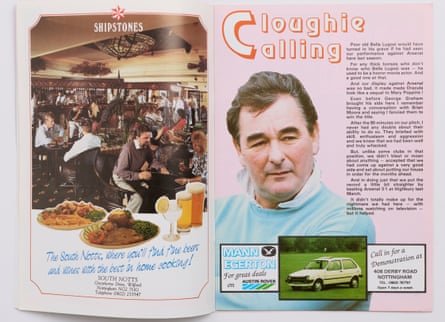
“At Home With Viv Anderson” is the most engaging feature for the meeting with QPR in September 1983: the future Arsenal and Manchester United full-back is pictured enjoying a game of snooker on his new table. “I must admit I enjoy having a table in the home,” Anderson said. “Although the novelty has worn off a bit, it’s a good way to relax.”
Towards the end of the decade Clough’s irreverent style has developed further. “Poor old Bella Lugosi [sic] would have turned in his grave if he had seen our performance against Arsenal here last season,” he writes in September 1989 for the Gunners’ visit. “For any thick bonses [sic] who don’t know who Bella Lugosi was – he used to be a horror movie actor. And a good one at that!”

Moving through the 2000s the programmes become shinier and more colourful but considerably less attractive. With Forest struggling on and off the pitch, the calibre of players on display declines accordingly.
Poignantly, the final cover of the collection is a full-page picture of Nigel Doughty, published for the first home game after the Forest owner’s death in 2012. A tribute from the chief executive, Mark Arthur, reveals that Doughty, a Labour supporter, had often feared it was morally wrong to plough cash into a football club when there are “so many other worthwhile causes”.
With football ever-more fuelled by vast amounts of money, Doughty’s social conscience feels more needed today – and is harder to come by among the current crop of football club owners. It’s also an example of the kind of historical perspective – along with the simple nostalgic thrill – brought by dusting off a pile of old matchday programmes.

.png) 3 months ago
27
3 months ago
27





